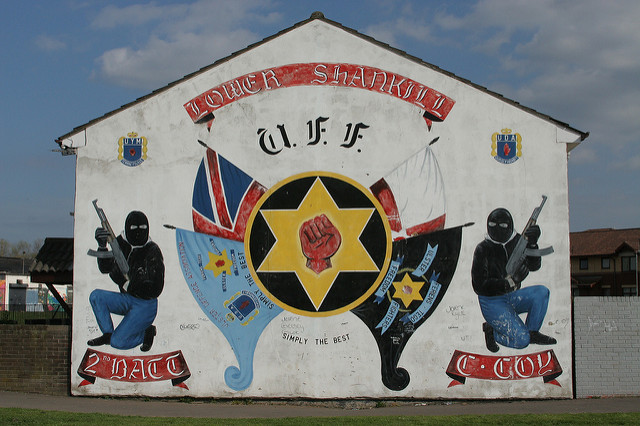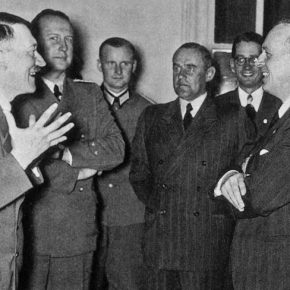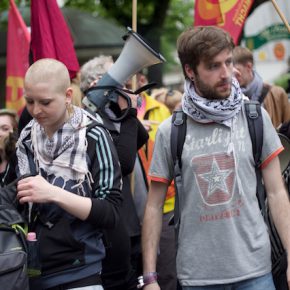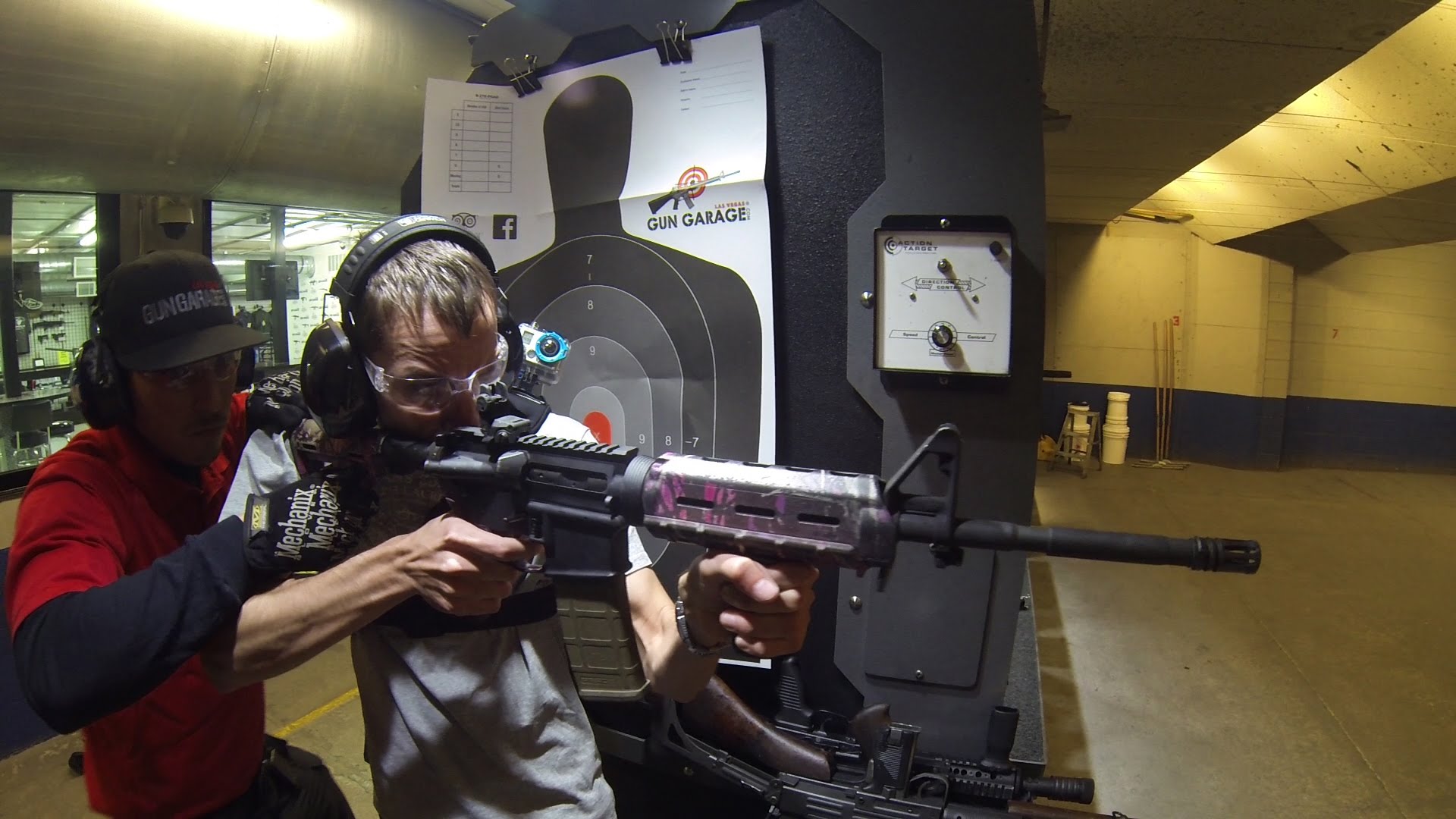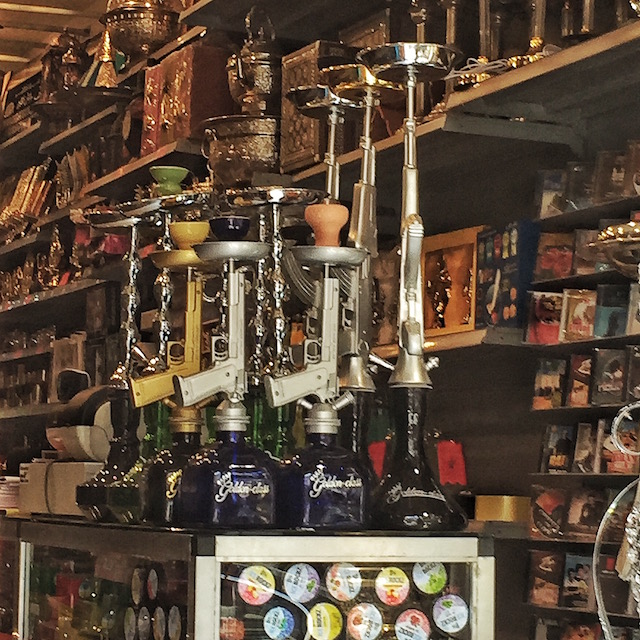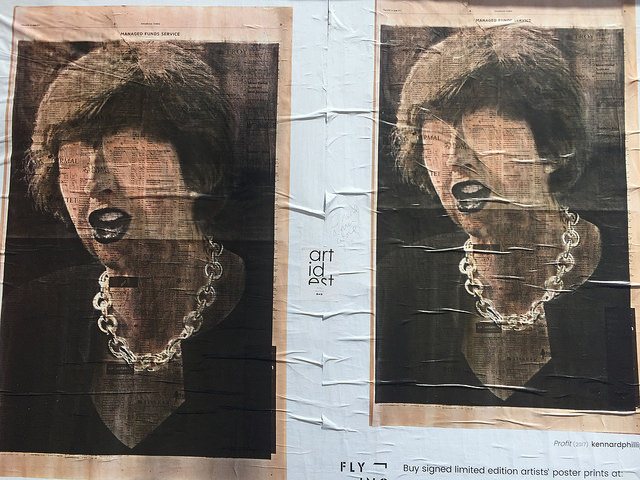Events in Britain are moving at a dizzying pace. It feels like every week there is a new outrage, a fresh atrocity and an even stranger twist in the body politic. In the space of a week we’ve had the horror of the Grenfell Tower fire and the Finsbury Park attack. All while we’re still waiting for the end result of negotiations between the Conservative Party and the DUP.
The attack on Muslim worshippers as they left Finsbury Park Mosque shocked many people because it clearly mimicked the violence of lone wolf Islamists in Nice and Berlin, as well as the killing spree at London Bridge and Borough Market. Perhaps we’re really shocked to find that not all terrorists are Muslims. But this isn’t anything new. Not in Britain. Not anywhere.
In 2011 the fascist Anders Behring Breivik killed dozens of people in a twofold attack: a bombing in Oslo followed by a shooting spree on the island of Utoya. He targeted the official centre-left party in Norway, believing that the left is engaged in an international conspiracy to abolish Western civilisation by backing Muslim immigration into Europe.
This is a popular conspiracy theory on the far-right these days. It should be remembered that Breivik’s manifesto draws upon the writings of British and American writers. He may have acted alone, but his politics come out of the pervasive racism against Muslims. Islam is now close to succeeding Judaism as the co-conspirator of the left in the minds of fascist degenerates.
The enemy always has to be alien and other, intrusive in an otherwise harmonious society. Historically, whiteness partly emerged as a common identity forged to transcend class divisions between European colonials and ultimately to suppress class consciousness and replace it with race consciousness. This is the threat that fascism still poses in its most violent form.
If fascism is what you get when imperialism comes home, Europe has a vast capacity for nationalism and xenophobia. Political violence against Muslims both engenders and retaliates against the violence committed by Islamists. This is how the actions of one man in Finsbury Park relates to the wider ‘war on terror’ and the chaos of the Middle East.
Another example would be how the Troubles in Northern Ireland saw the rise of Ulster Loyalist paramilitarism and the targeting of Catholic civilians sometimes in revenge for IRA actions and sometimes just to keep the war going. Militant Loyalists saw the conflict as a way of preventing any concessions from being made to Irish Republicans.
Reverend Ian Paisley saw the cause of Catholic civil rights in Northern Ireland as a front for a United Ireland. But this was just a part of a much wider international conspiracy in his mind. Paisley saw the spread of Communism threatening to engulf the Free World bit by bit. So the heritage of Protestant settlers had to be defended at all costs.
It’s not far off from how colonial settlers responded in other regions of the world. White settlers in Zimbabwe wanted to defeat what was laid down as ‘Rhodesia’ and feared being “swallowed” up by the black majority. The same was true across African colonies. This is similar to how the Loyalist factions understood the Troubles. They found common cause with Apartheid South Africa and the right-wing Christian militias of Lebanon. This was also reflected in the level of violence towards civilians.
Over 47% of civilian deaths between 1970 and 1994 were down to the actions of Ulster Loyalist paramilitaries. By contrast, the IRA was more focused on military targets, though they were responsible for 28% of civilian deaths in this period (still far too high). During this period, the British army was responsible for an estimated 10% of civilian deaths (still far too high).
For the most violent Ulster Loyalists, the entire Catholic population were a threat by virtue of being Catholic and so indiscriminate violence was a necessary part of the paramilitary strategy. This is a clear distinction historically. If the revolutionary left has resorted to violence as a means to an end, the far-right have traditionally used violence as an end in itself.
In this regard, it’s not strange at all to hear about a racist driving a van into a crowd of Muslims. It’s a terrifying act because anyone can do it just about anywhere. How we respond to this attack is key. It’s not just about vigils and calling for people to “come together”. We need to think about how combat racism and how we solve the historic grievances behind these cycles of violence.
Photograph courtesy of Hans Zinsii. Published under a Creative Commons license.
